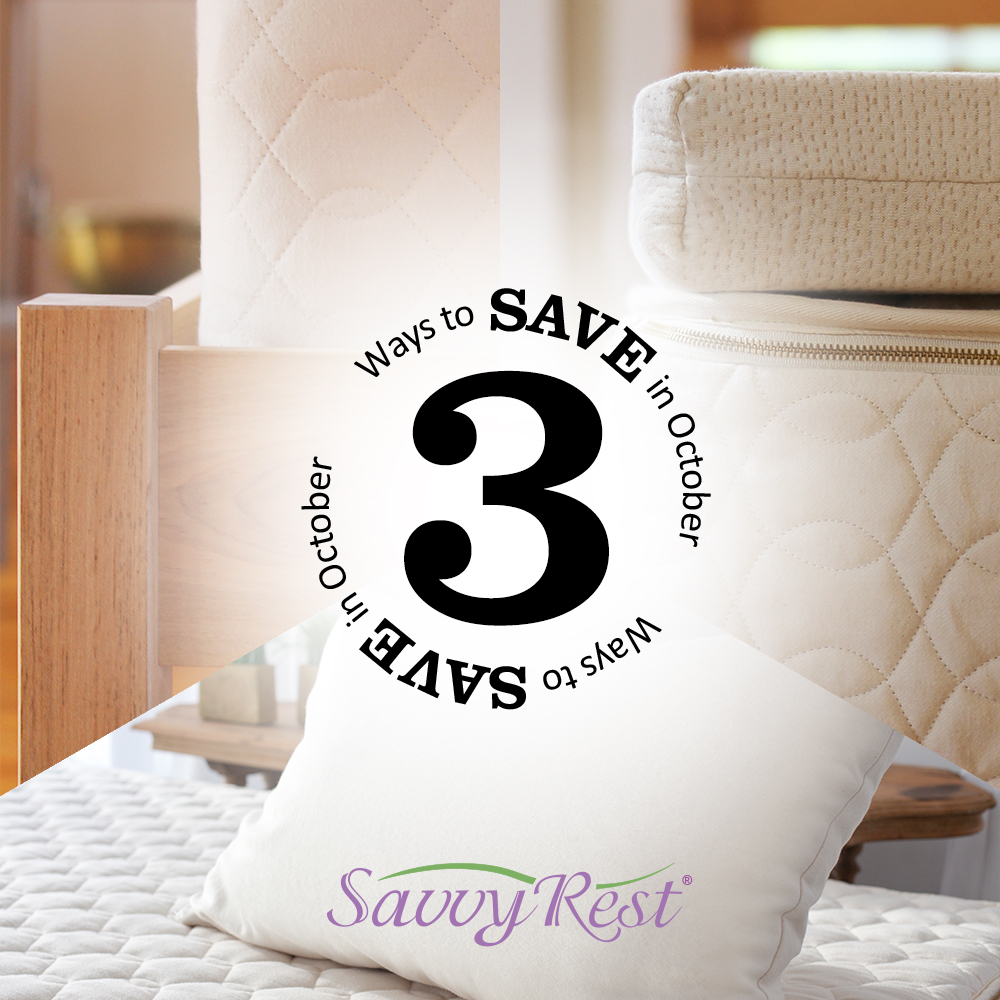Article from Green Business Bureau:
Mattresses pose a serious problem when it comes to disposal. These large household products take up more than their fair share of space in landfills because they’re difficult to compact, clog machinery, and create large soft spaces that can turn into sinkholes after filling. The problem of mattress disposal can be confronted from two sides. The first is to recycle old mattresses, reusing their components to make new products. The other side of the equation involves purchasing organic/natural, biodegradable mattresses. For those in the hotel industry, understanding how to make smarter mattress purchase and recycling decisions can help positively impact green programs your organization may be undertaking.
MATTRESS RECYCLING
Mattresses are a complex product with numerous recyclable components. Mattress recycling programs deconstruct the bed, removing the materials that can be reused or repurposed. This process not only prevents the mattress from entering a landfill but also reduces the need to use more natural resources in product manufacturing.
Depending on the mattress type, the components that can be reused include:
- Foam: The foam used in the comfort layer of the mattress can be compressed to make carpet padding, oil filters, mats, and upholstery stuffing.
- Fabric: The exterior fabric, whether it’s natural or synthetic, can be shredded and made into other textiles.
- Metal: Innerspring mattresses can have as much as 25 pounds of steel coils. Once removed, these coils can be melted down to make tools, construction materials, and auto parts.
- Wood: The wooden frame of a box spring can be used in flooring or chipped to be used as mulch or compost.
Not all recycling facilities offer mattress recycling. Hotels are in a unique position, with the high number of mattresses they require, to develop mattress recycling programs within their local communities for their use and the use of community members.
BETTER MATTRESS CHOICES
The other side of mattress disposal is making wise purchasing choices. Everyone from private consumers to large hotel chains can make purchasing decisions that protect the environment. While there’s not a mattress available on the market today that will completely break down without a trace, there are 95 percent biodegradable mattress options.
NATURAL LATEX MATTRESSES
Natural latex mattresses begin as sap from a rubber tree. Through one of two manufacturing processes, that sap eventually becomes a natural latex mattress. Of the two processes, Dunlop and Talalay, Dunlop latex mattresses are the most biodegradable and won’t create sinkholes in a landfill. These mattresses come with a high price tag, and they will still be composed of anywhere from 5-40 percent synthetic latex.
NATURAL AND ORGANIC MATTRESS OPTIONS
If an expensive natural latex mattress is out of your budget, there are hybrid latex/innerspring mattresses that are highly biodegradable, but don’t carry such a hefty price tag. In this case, keep an eye out for eco-friendly components like:
- Plant-based polyfoam
- Plant-based memory foam
- Organic fibers in the cover like cotton or wool
- Wool, cotton, thistle, or Kevlar fire socks
CERTIFICATIONS
Because there are no regulations or standards for what constitutes a “green” mattress, you’ll need to look for certifications from organizations that monitor environmental impact rather than trusting a “natural” or “organic” listing on a sales tag. A few certifications to watch for include:
- Global Organic Textile Standard (GOTS): GOTS certifies that both raw materials and their derivatives are 95 percent organic.
- Cradle to Cradle: Cradle to cradle looks for carbon emissions, water conservation and ecological impact throughout the manufacturing process. It’s used to monitor latex and organic materials used in mattress covers.
- United States Department of Agriculture Organic (USDA): This certification evaluates any crops or agricultural products used to produce components of the mattress.
Taking the time to recycle old mattresses and research your next mattress purchase are both great ways to keep mattresses out of landfills. For an example of a hotel that is currently undertaking a mattress recycling program, check out this recent article on Hilton’s recycling initiative.
_____________________________________________________________________
Author Bio:
Rick Blanchard is an expert on sleep product materials and manufacturing for BestMattressReviews.com. His research covers the entire life cycle of mattresses and bedding, including production, wear over time, and disposal. Rick lives in Tarrytown, New York.








 How Latex Rubber is Processed
How Latex Rubber is Processed






